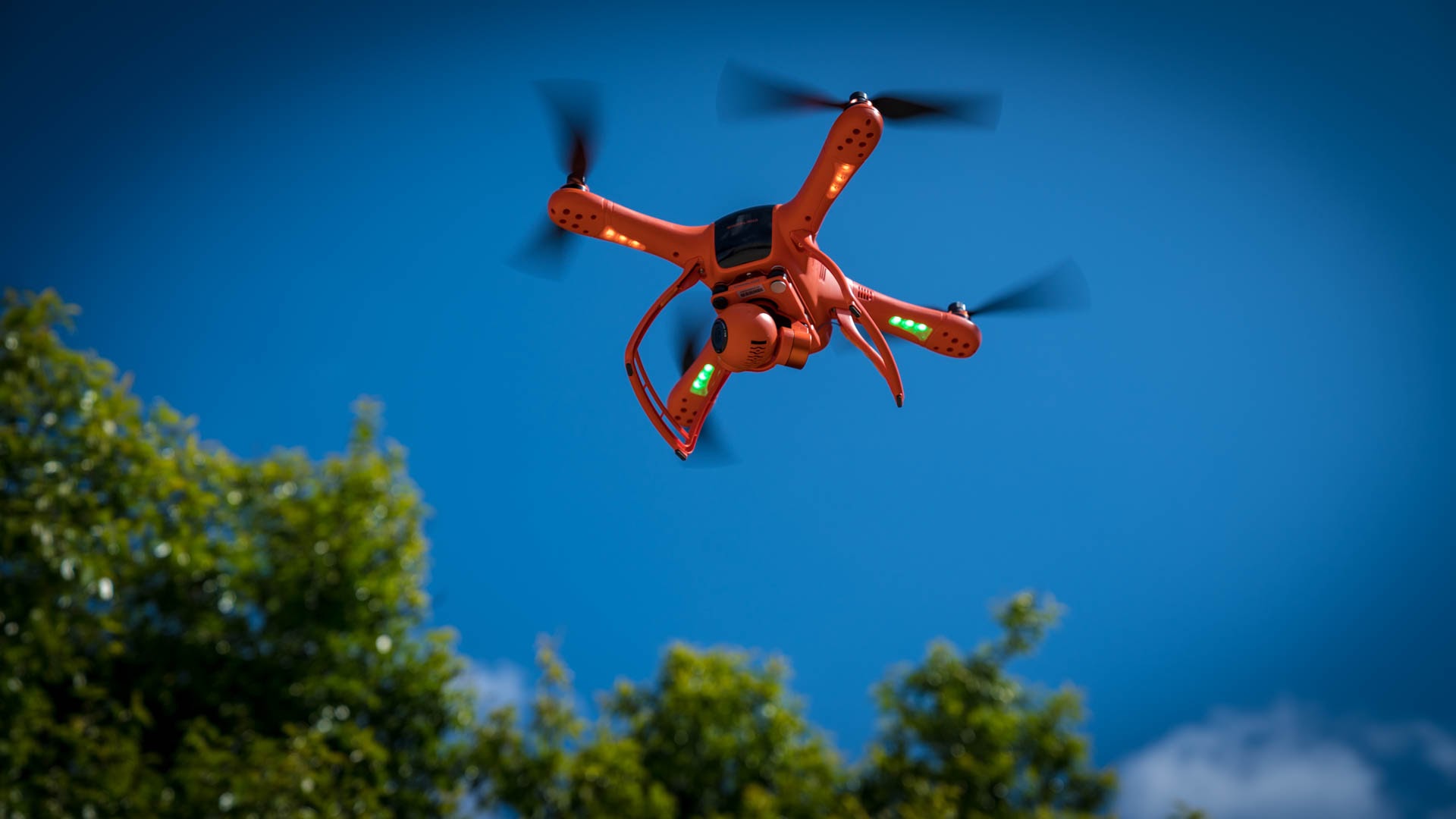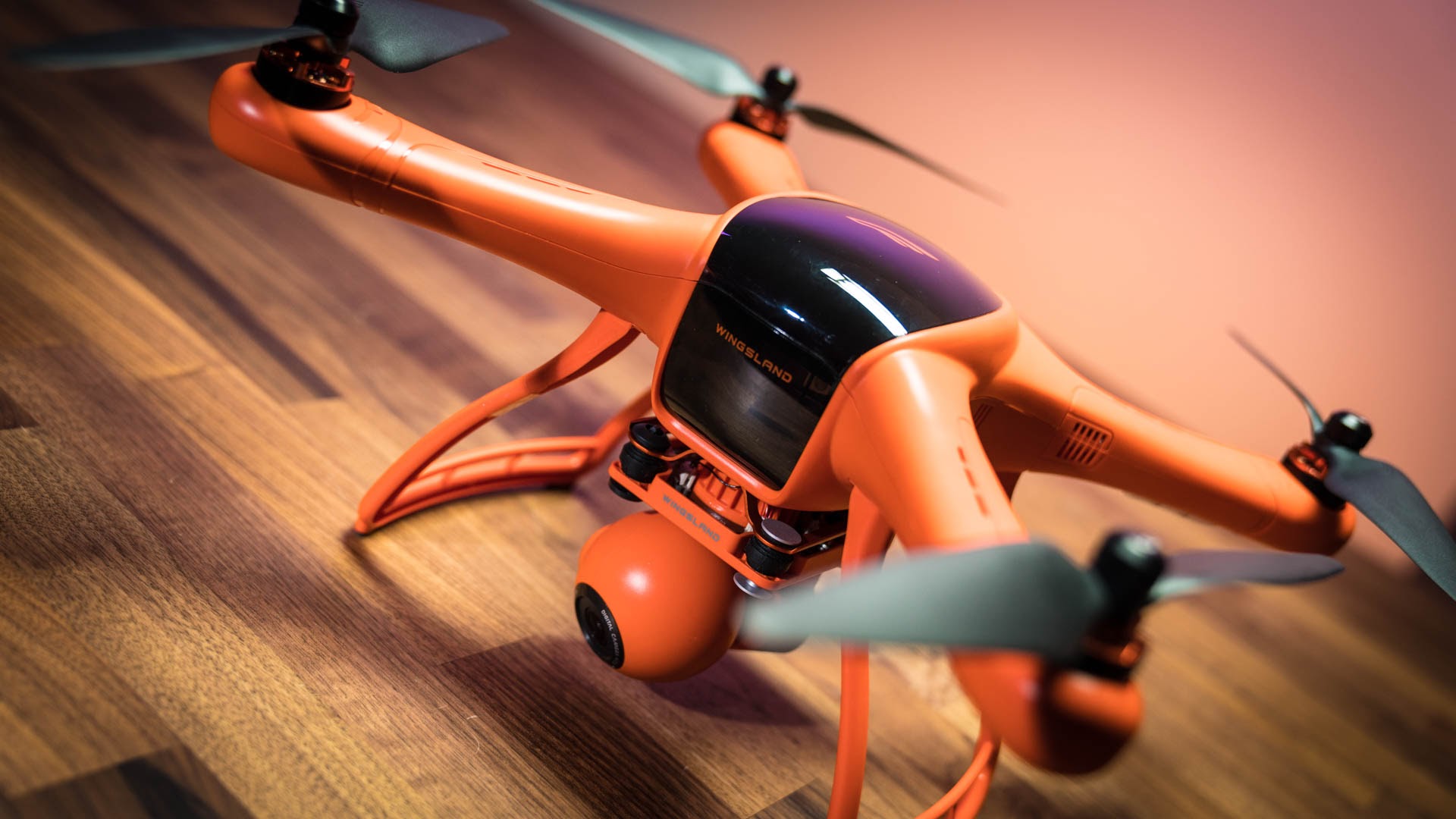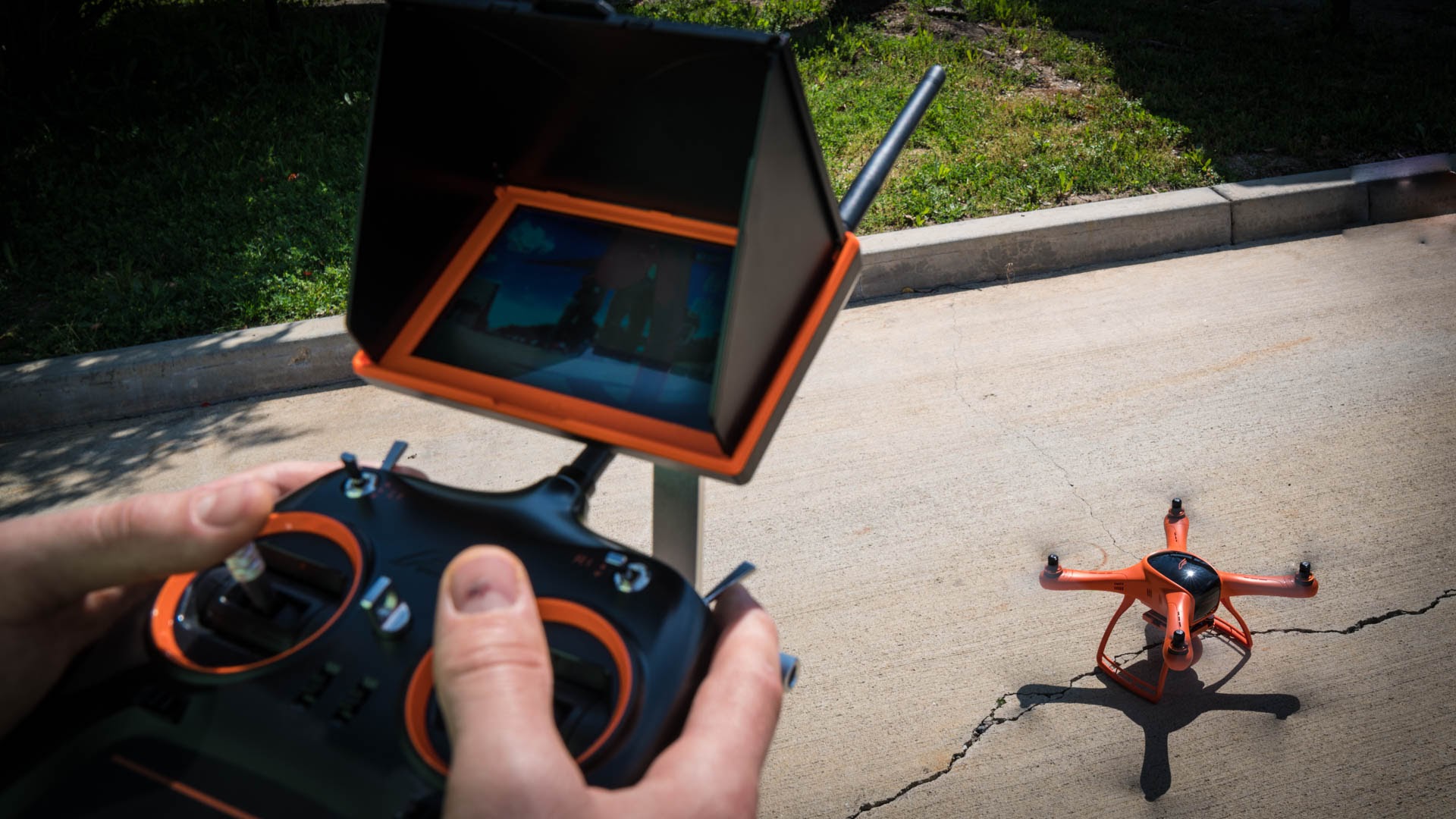

In an industry crowded with new drones coming out every day, it’s hard to keep up with where they all stand. When we talk about the latest in drone technology, the latest and greatest get the biggest portion of the limelight. Whether it’s longer flight times, higher resolution cameras, or more “smart” features, more advanced technology and a higher price tag seem to accompany each new drone to market.
But where does this leave the entry-level consumer who doesn’t want to drop a fat wad of cash onto their first foray into aerial photography? That’s where Wingsland’s Minivet drone comes into play.
The Minivet is an approachable drone for the aspiring photographer who has never flown before, ideal for honing the skills necessary to master flight and film at the same time without diving headfirst into the hobby with a massive investment. One of the downsides of the hobby is that it’s likely to have an expensive initial investment. New features are being developed every few months, so it’s very possible that you will have a couple different drones within the first year of picking up the hobby.
Appearance and construction
Bright orange coloring marks the Wingsland, which has a fixed-wing, rounded edge design. The central black plastic on the top side of the quadcopter covers the GPS indicator LEDs, as well as all the important mechanical bits to keep things operating smoothly during flight.
The body is made of a lightweight plastic, which helps to extend the flight time to 25 minutes, but may not fare so well in the event of a hard impact or high wind conditions. The 3-axis gimbal is enclosed in a spherical bubble, which hangs below the body of the drone attached to a square image stabilizer.
Features
Speaking of the camera, the Wingsland Minivet drone has a 12MP still camera that can take single, burst, or time lapse photos. The video comes through with 1080p at 30fps, which is displayed on the included 5” LCD screen. I like the included screen for the purpose of simplicity; keeping my phone tucked away without needing to download an app is actually refreshing.
Since the drone itself has a MicroSD slot for capturing the imagery, Wingsland doesn’t need local storage to keep the files. The screen itself comes with a sun hood, which comes in handy while cruising around outdoors on a bright day.
The max flight speed of the Minivet is reported at 25mph, powered by their 3 cell 5200mAh battery and brushless motors that are rated for 25 minutes of flight time. While this varies by conditions, the upper 20s is pretty much table stakes for photography drone flight time outside the “follow me” drones. Wingsland reports 800 meter transmission distance from the remote to the drone, but we didn’t get a chance to verify this.
Another important feature to have for those new to photography drones is GPS positioning. While this can sometimes fluctuate with the flight location, in general it’s important to get a drone that can take some of the guesswork out of the piloting and ensure you stay on track. Another good feature to have available is “Return to Home,” which is a failsafe that allows the drone to take the sticks and return to your location if things get a little out of control during flight. While the performance of the Minivet in this field is not the best on the market, it gives a safety net for those getting their feet wet in aerial photography.
Improvements
While there are several things that Wingsland has going for them, there are a few things about the Minivet I think could use some improvement. The gimbal control placement seems like it was well thought-out on the underside of the remote, however in use it feels a bit cumbersome. I found that the camera was a touch slow to respond, and the 2.4GHz transmission of the feed was often flickering and turned to static in a relatively short distance.
The remote operates off 6 AA batteries, which could be good or bad depending on how you see it. If you have a few batteries for the drone charged up and plan to spend several flights out in the field, this makes swapping out power really easy.
My biggest qualm with the unit was that once after I landed the drone and powered down, as I was walking towards it the props started up again. I didn’t have any hands on the sticks, but 3 of the motors received flight input which caused it to move around the ground. Wingsland said they released a firmware update which solves this problem, but it’s worth noting that it did happen once for me.
Wingsland Minivet Drone- $499
Who is a Minivet good for?
A big point for the Minivet is the included FPV screen. Flying a drone with an accompanying app can devastate the phone battery and makes the phone temperature skyrocket. This is not a big deal if you are in the backyard, but if you happen to be out on a hike or somewhere else without ready access to recharge it can be a pain.
The Wingsland Minivet is a low-cost option for those looking to get into aerial photography, but who don’t want to take the plunge and drop $800 or more on a drone right from the start. The intelligent flight features on many drones are common these days, so getting accustomed to utilizing the different modes in practice is good for use as the beginner pilot advances. The Minivet gives an easy way for someone to practice their skills, and works as a good entry-level drone.
Featured in this article

